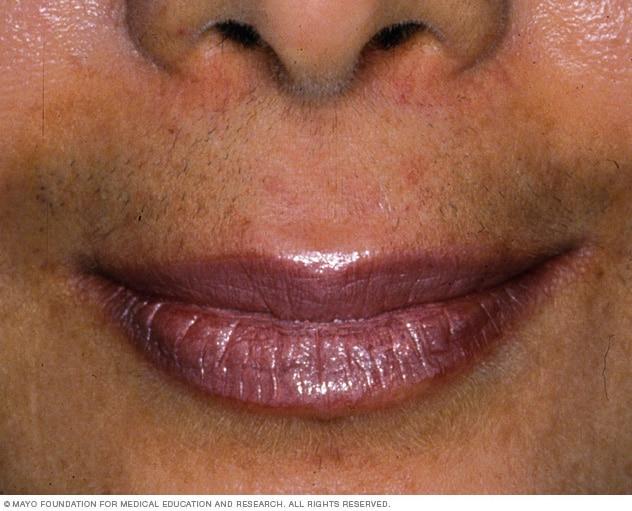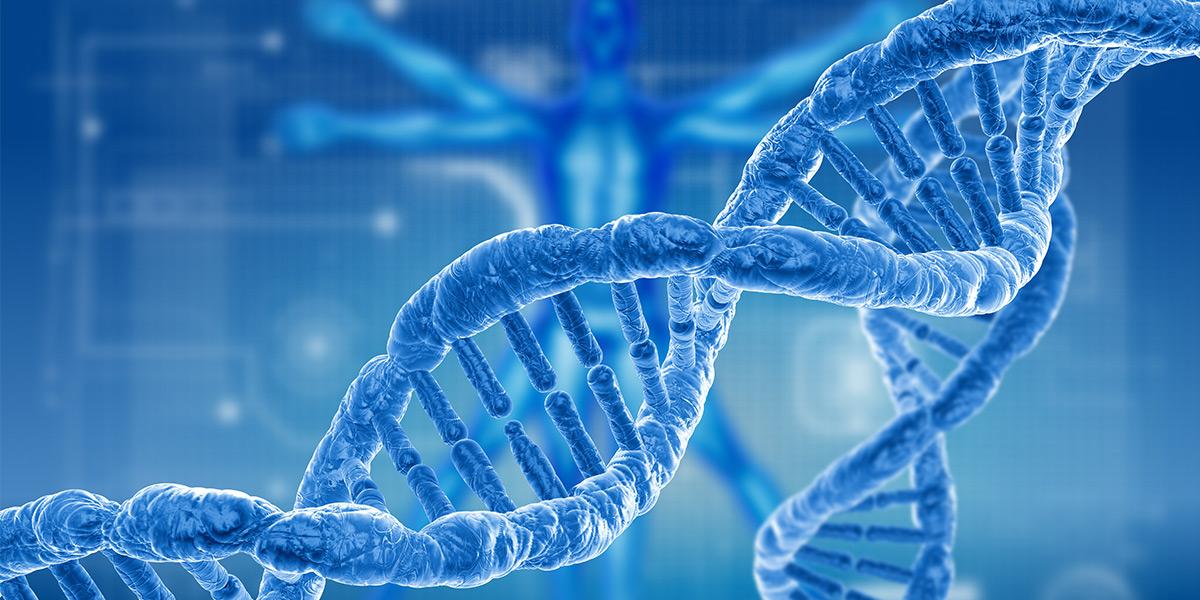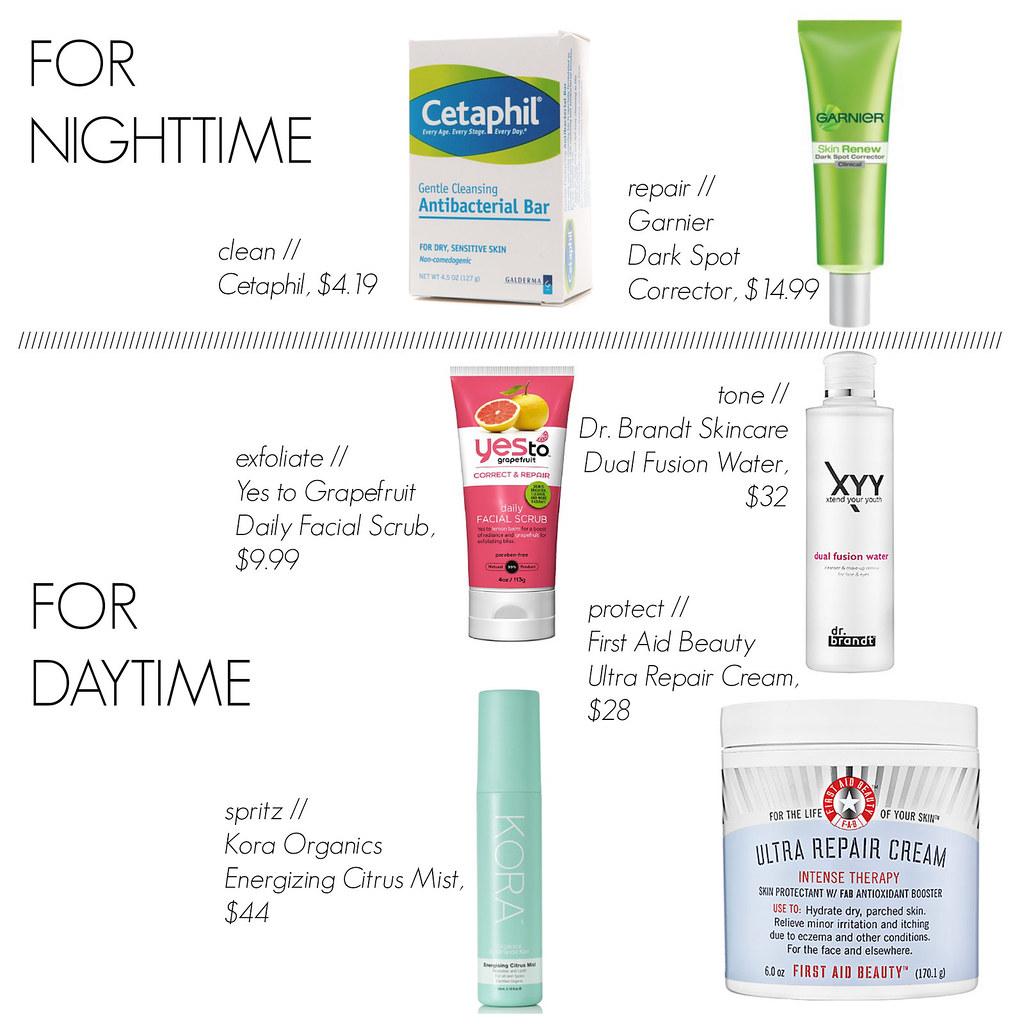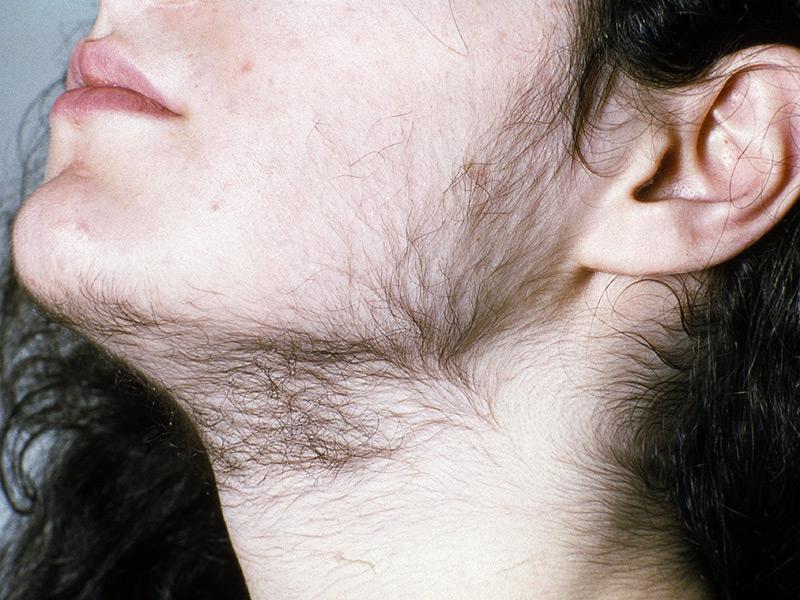In a world where perception often intertwines with reality, the soft fluttering of a leaf or the gentle rise of the morning sun can intrigue us. Yet, it’s the subtler whispers of our own bodies that can leave us bewildered. One such murmur, both perplexing and personal, is hirsutism. Imagine suddenly discovering a mysterious roadmap of unwanted hair on parts of your body where it wasn’t before. It’s an enigma that brings with it questions, concerns, and the yearning for understanding and comfort.
Welcome to “Unraveling Hirsutism: Causes and Compassionate Care.” In this exploration, we’ll delve into the multifaceted symphony of hirsutism, demystifying its causes while weaving a tapestry of compassionate care. So, grab a warm cup of tea, settle into your most comfortable chair, and join us on a journey to better understand a condition that touches many lives in ways often unseen.

Understanding Hirsutism: Nature’s Quirk or Health Alarm?
Hirsutism, a condition characterized by excessive hair growth in women in areas where hair is typically minimal or absent, has long been viewed with a mix of curiosity and concern. It is an intricate dance of genetics and hormones that can leave many baffled and seeking answers. To understand the underlying causes, it’s essential to explore both **biological factors** and **hormonal imbalances** that contribute to this phenomenon.
Primarily, hirsutism is frequently linked to elevated levels of androgens—commonly known as “male hormones.” These elevated levels can be traced to conditions such as **Polycystic Ovary Syndrome (PCOS)**, **Cushing’s Syndrome**, and **Adrenal hyperplasia**. Genetics also play a pivotal role—if your mother or sisters have experienced hirsutism, you might be more likely to experience it too. Some other potential contributors include:
- Medications such as certain steroids and testosterone replacements
- Obesity, which can increase insulin levels and subsequently androgen production
- Endocrine disorders affecting adrenal glands or ovaries
While the physical symptoms of hirsutism can be managed through various methods—from **topical creams** and **oral medications** to **laser hair removal**—the emotional and social impacts can often be just as challenging. It’s crucial for those affected to receive compassionate care that addresses both the **physical manifestations** and **emotional well-being**. Support groups, counseling, and empathetic communication from healthcare providers can make a significant difference in managing the emotional fallout of this condition.
| Care Methods | Description |
|---|---|
| Topical Creams | Applied directly to reduce hair growth |
| Oral Medications | Hormonal treatments to balance levels |
| Laser Hair Removal | Offers a longer-term solution for unwanted hair |
| Support Groups | Provides emotional support and shared experiences |

Diving into the Causes: Genetics, Hormones, and Beyond
Hirsutism is a complex condition, influenced by multiple factors, with genetics often playing a significant role. If family members, particularly maternal relatives, exhibit similar symptoms, there’s a considerable likelihood that genetics may be contributing to the condition. While genetic predispositions can’t be altered, understanding this facet can help in tailoring more personalized treatment plans and setting realistic expectations.
Hormonal imbalances stand at the forefront of hirsutism causes. Often, the culprit is an excess of androgens, the so-called “male” hormones, which can be elevated in conditions like polycystic ovary syndrome (PCOS) or adrenal gland disorders. When the body’s hormone production or regulatory mechanisms falter, it can lead to the stimulation of hair growth in traditionally male patterns. Monitoring and managing hormone levels can be a crucial part of the treatment pathway.
| Cause | Description |
|---|---|
| Genetics | Inherited traits from family |
| PCOS | Hormonal disorder causing enlarged ovaries |
| Adrenal Gland Disorders | Imbalances in hormone production |
Beyond genetics and hormones, lifestyle and certain medications can also play a role in the development of hirsutism. For instance, anabolic steroids, sometimes used for muscle building, can exacerbate hair growth. Additionally, certain conditions such as obesity can influence hormone levels, thus impacting hair growth patterns. A comprehensive approach that addresses lifestyle factors can often yield significant improvements.
It’s essential to remember that every person’s journey with hirsutism is unique. While understanding the underlying causes is important for treatment, addressing the emotional and psychological impacts is equally crucial. Compassionate care involves not just managing the physical symptoms but also providing support and understanding as individuals navigate the complexities of this condition.

Effective Medical Solutions: From Diagnosis to Treatment Plans
Hirsutism, characterized by excessive hair growth in women in areas where men typically grow hair, can be an emotionally distressing condition. Recognizing its dual impact on physical appearance and self-esteem is essential. Factors contributing to hirsutism include hormonal imbalances, genetic predispositions, and underlying health conditions. **Common causes** stem from **polycystic ovary syndrome (PCOS), congenital adrenal hyperplasia, and hyperinsulinemia**. Understanding these complex triggers is the first step in addressing hirsutism with empathy and effectiveness.
When it comes to diagnosing hirsutism, healthcare providers take a comprehensive approach. **Initial evaluations** typically include:
- Detailed medical history review
- Physical examination focusing on hair distribution
- Blood tests to assess hormone levels, like testosterone and DHEA-S
- Imaging tests, such as ultrasound, to examine the ovaries and adrenal glands
This thorough diagnostic process helps to pinpoint the underlying cause, ensuring that subsequent treatment is tailored to the individual’s unique situation.
Effective management of hirsutism involves both **medical treatments and lifestyle modifications**. **Medications** that can help manage symptoms include:
- Oral contraceptives to regulate hormones
- Anti-androgens to block male hormones
- Topical creams to reduce hair growth
Additionally, **lifestyle changes** such as maintaining a healthy weight and managing insulin levels through diet can play a significant role in mitigating the condition’s effects. Incorporating these strategies provides a multi-faceted approach to hirsutism care.
Combining medical treatments with compassionate care ensures a holistic approach to hirsutism. **Supportive measures** like counseling and support groups can greatly enhance the emotional well-being of those affected. Here’s a quick look at how care plans might be structured:
| Factors | Approach |
|---|---|
| Hormonal imbalance | Medication and hormone therapy |
| Emotional impact | Counseling and support groups |
| Excess hair | Laser hair removal and topical treatments |
Through this empathetic lens, treatment plans can be developed that not only address the symptoms of hirsutism but also nurture the individual’s overall well-being.

Creating a Compassionate Care Routine: Tips for Daily Management
Addressing hirsutism with empathy starts with understanding and acceptance. An effective and compassionate care routine involves recognizing both physical and emotional needs. Creating a day-to-day management plan can help alleviate the physical symptoms while nurturing mental well-being.
A daily care routine for hirsutism can include a mix of self-care techniques and professional treatments. Here are some ways to provide gentle care:
- **Moisturizing and Exfoliating**: Regularly moisturizing and exfoliating the skin can reduce irritation from hair removal processes and improve skin texture.
- **Natural Remedies**: Incorporate natural remedies like lavender or tea tree oil, which may help in slowing hair growth and soothing sensitive skin.
- **Dietary Adjustments**: Maintaining a balanced diet rich in antioxidants and essential vitamins can support overall skin health and hormonal balance.
Below is a list of commonly used hair removal methods along with their pros and cons to help you decide the best option for your skin type:
| Method | Pros | Cons |
|---|---|---|
| Shaving | Quick, painless | Hair regrows quickly, possible irritation |
| Waxing | Long-lasting results | Painful, potential skin damage |
| Laser Treatment | Permanent reduction | Expensive, requires multiple sessions |
Besides physical care, it’s crucial to foster a positive attitude towards your body. Engaging in activities that promote mental well-being—such as yoga, meditation, or seeking support groups—can greatly enhance your emotional resilience. Remember, true beauty radiates from the confidence and kindness you show both to yourself and to others.

Empowering Self-Care: Boosting Confidence and Well-being
When dealing with hirsutism, **self-care** strategies can serve as a beacon of empowerment. Many individuals find solace in routines that not only address the physical aspects but also nurture emotional well-being. Creating a personalized regimen centered around **skin health** and **hair management** can make a significant difference. Consider incorporating gentle exfoliation, hydrating masks, and natural hair removal methods that are less abrasive on the skin.
Here are some self-care tips to integrate into your routine:
- Moisturize Regularly: Use natural ingredients like aloe vera and coconut oil to keep your skin hydrated.
- Gentle Exfoliation: Opt for mild exfoliants to remove dead skin cells without causing irritation.
- Healthy Diet: Incorporate foods rich in vitamins and minerals to support hormonal balance.
Practicing self-care is not just about managing symptoms; it’s about creating a holistic approach that prioritizes **mental and emotional resilience**.
;
Moving beyond physical care, embracing a **supportive community** is crucial. Interacting with others who understand your journey can be incredibly validating. Support groups, whether online or offline, offer a safe space to share experiences and gain insights. **Mental health** professionals can also provide guidance, helping to build coping strategies that enhance both confidence and well-being.
;
Here’s a glance at resources that might be helpful:
| Resource | Description |
| Support Groups | Connect with local or online communities for shared experiences. |
| Nutritionists | Consult professionals to tailor diets that promote hormonal health. |
| Therapists | Seek mental health support to navigate emotional challenges. |
;
Q&A
Q&A: Unraveling Hirsutism: Causes and Compassionate Care
Q1: What exactly is hirsutism?
A1: Hirsutism is a condition where women experience excessive, often coarse hair growth in regions where men typically have more hair, like the face, chest, and back. So, essentially, it’s like your body received a memo to grow a mustache, and it didn’t check the recipient’s gender first!
Q2: What causes hirsutism?
A2: This hairy situation can arise due to an array of factors. Hormonal imbalances often steal the spotlight, particularly with elevated levels of androgens (male hormones). Polycystic Ovary Syndrome (PCOS), certain medications, and even genetics can all play supporting roles in this production!
Q3: Is hirsutism common?
A3: You might be surprised, but hirsutism is more common than you think. About 5-10% of women worldwide deal with it. So if you’re feeling like the lone wolf, think again—you’ve got quite the pack.
Q4: How can someone manage or treat hirsutism?
A4: There’s no one-size-fits-all answer here, but there’s a whole wardrobe of options! From lifestyle changes like weight management and diet, to medical treatments such as oral contraceptives and anti-androgens, and even cosmetic solutions like laser hair removal or electrolysis. It’s all about finding what fits you best.
Q5: What kind of support is available for someone dealing with hirsutism?
A5: Remember, you don’t have to navigate this follicle forest alone. Support can sprout from many places: healthcare professionals, support groups, mental health counselors, and even your inner circle. It’s about leaning on compassion and connection.
Q6: What’s the emotional impact of hirsutism, and how can one cope?
A6: Living with hirsutism can sometimes feel like carrying a secret you never asked for. It can affect self-esteem and body image, making compassion and self-love crucial companions. Engaging in positive self-talk, seeking therapy, and connecting with others who understand can help untangle the emotional knots.
Q7: How can friends and family support someone with hirsutism?
A7: Sometimes the best way to help is simply to listen—no pruning necessary. Be patient, show empathy, and avoid making light of their experience. Encouragement and acceptance from loved ones can be as soothing as a warm tea on a chilly day.
Q8: Are there any natural remedies for hirsutism?
A8: Some prefer to go au naturel with remedies like spearmint tea (thought to reduce androgens) or topical mixtures of turmeric and gram flour. While not clinically proven, these can complement more conventional treatments. Remember, though, it’s always smart to chat with a healthcare pro first.
Q9: What’s the takeaway message on managing hirsutism compassionately?
A9: At the heart of managing hirsutism is a blend of medical care and kindness. Compassion towards yourself and others is the golden thread that weaves through every treatment plan and emotional journey. Embrace it, and remember—everyone’s path to feeling whole and amazing in their own skin is beautifully unique.
So whether you’re dealing with hirsutism personally or supporting someone who is, let’s bring a little love, understanding, and humor to the table. After all, nobody ever said life’s journey couldn’t have a few twists—or curls!
The Way Forward
As the intricate threads of hirsutism weave their way through the lives of countless individuals, it becomes clear how essential understanding, empathy, and informed care truly are. Our journey through the maze of hormones, genes, and lifestyle factors has illuminated much about this common yet often misunderstood condition. But beyond the science, it’s the stories of resilience and self-acceptance that truly stand out.
our deepest hope is that this article serves as both a beacon of knowledge and a heartfelt reminder: You are not alone in this. There is an ever-growing community of medical professionals, researchers, and kindred spirits who are dedicated to unearthing every layer of hirsutism, offering not just answers, but support and solidarity. Together, we’ll continue to navigate the complexities and celebrate the unique beauty that each person brings into the world.
Remember, every brushstroke of compassion adds color to the canvas of understanding. So, as we part ways for now, carry forward the awareness and empathy we’ve shared. Let it guide you through your own journey or help light the path for someone else. Here’s to embracing every face of beauty with an open heart and a spirit of unwavering kindness. Until next time, stay informed, stay compassionate, and most importantly, stay you.






